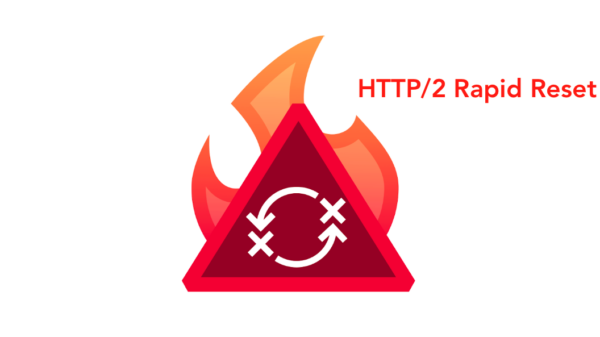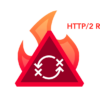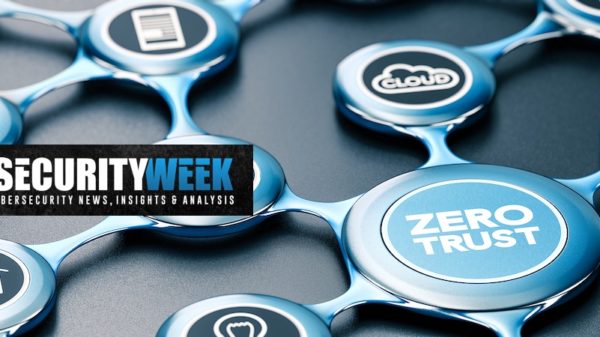Prolexic Technologies, a Hollywood, Florida-based provider of DDoS protection services, this week released its Quarterly Global DDoS Attack Report, which revealed an almost threefold increase in the number of DDoS attacks against its clients in the financial services sector during Q1 2012 compared to Q4 2011.
In addition to an increase in the number of attacks taking place, the Prolexic Security Engineering & Response Team saw a 3,000% increase in malicious packet traffic during the same period, adding that as company, it mitigated more attack traffic during the first quarter of 2012 than it did in all of 2011. Keep in mind that part of the increase could be attributed to the addition of new customers.
“This quarter was characterized by extremely high volumes of malicious traffic directed at our financial services clients,” said Neal Quinn, Prolexic’s vice president of Operations. “We expect other verticals beyond financial services, gaming and gambling to be on the receiving end of these massive attack volumes as the year progresses.”
The company which has “scrubbing centers” located in the Americas, Europe and Asia, said compared to Q1 2011, it saw a 25% increase in the total number of DDoS attacks and a 25% increase in application layer (layer 7) attacks in Q1 2012.
Additionally, the report notes that infrastructure layer attacks targeting Layer 3 and Layer 4 continue to be the choice of attackers. “PLXsert believes that there will be a gradual shift to Layer 7 attacks over the long term. Regarding attack types over the last 12 months, UDP Floods have declined in popularity with SYN Floods emerging as the ‘go to’ attack type,” the company said.
Interestingly, while the number of attacks increased, the average duration of attacks showed a notable decline. Across its customer base, Prolexic said the average attack duration dropped from 34 hours in Q4 2011 to 28.5 hours in Q1 2012.
China remains the top source country for attacks, the company said, but sees the U.S. and Russia both moving up in the rankings.
In terms of bandwidth, the average attack bandwidth increased to 6.1 Gbps, up from 5.2 Gbps in the previous quarter. This trend shows that while attack duration has declined, the average attack has been more intense, with higher traffic volumes.














